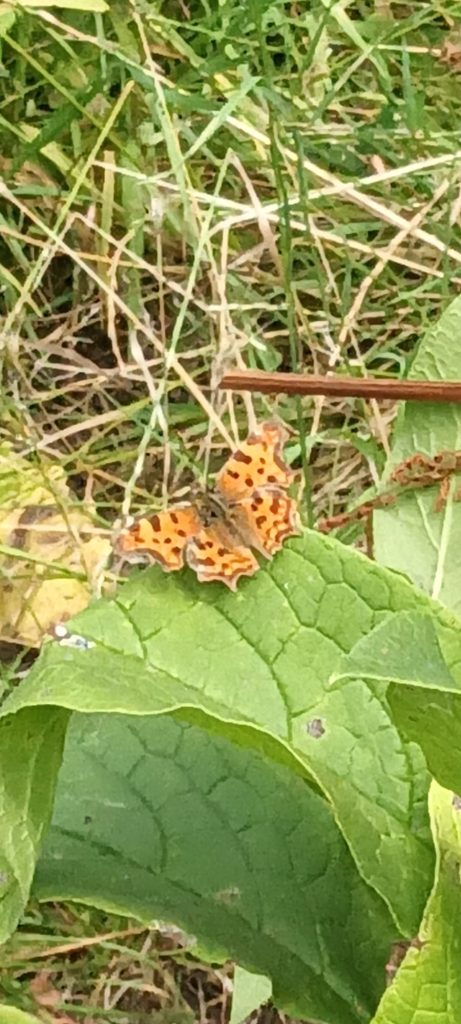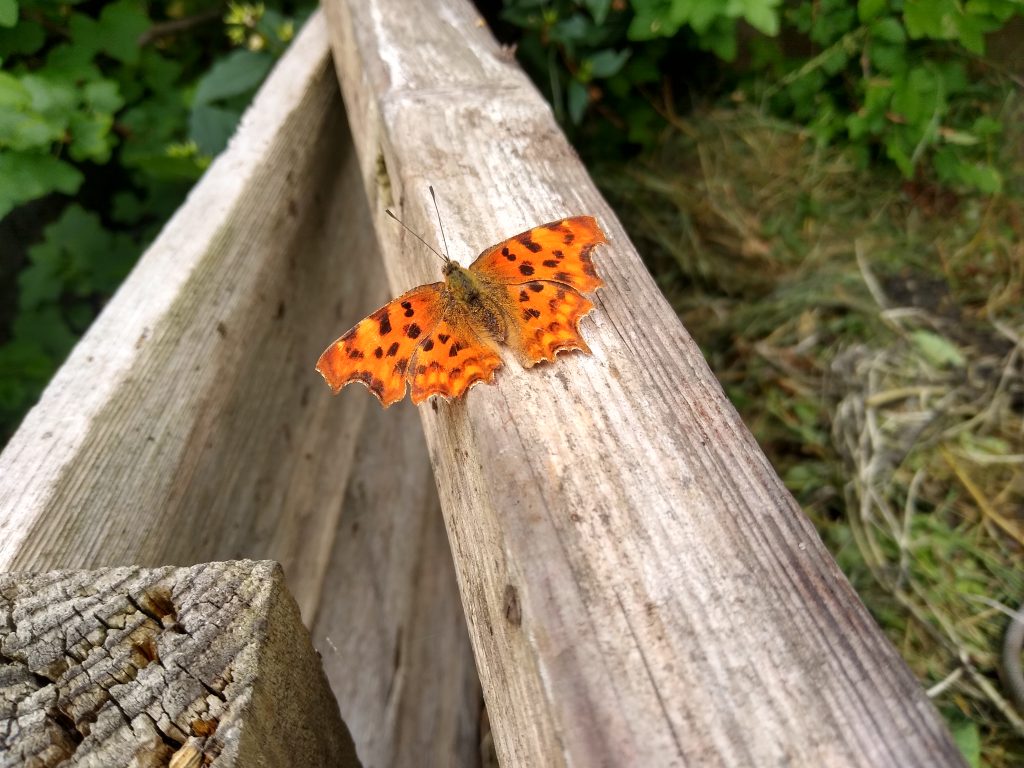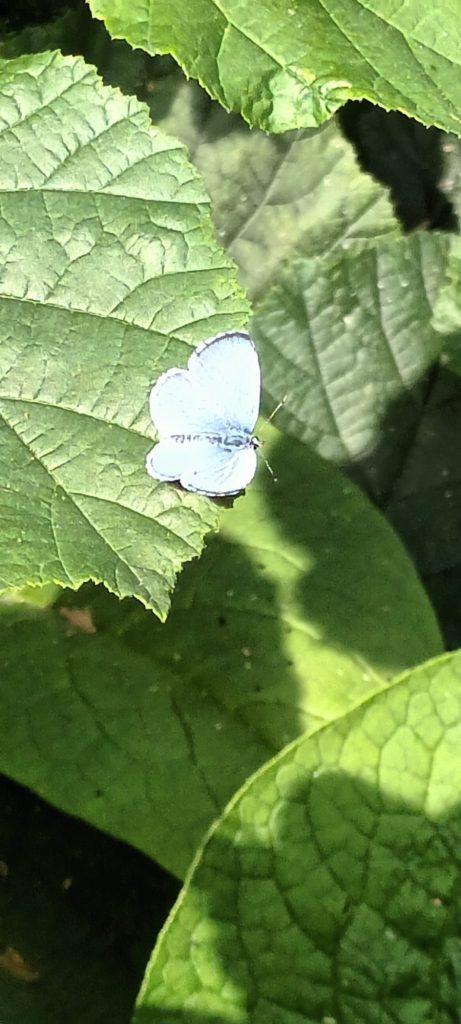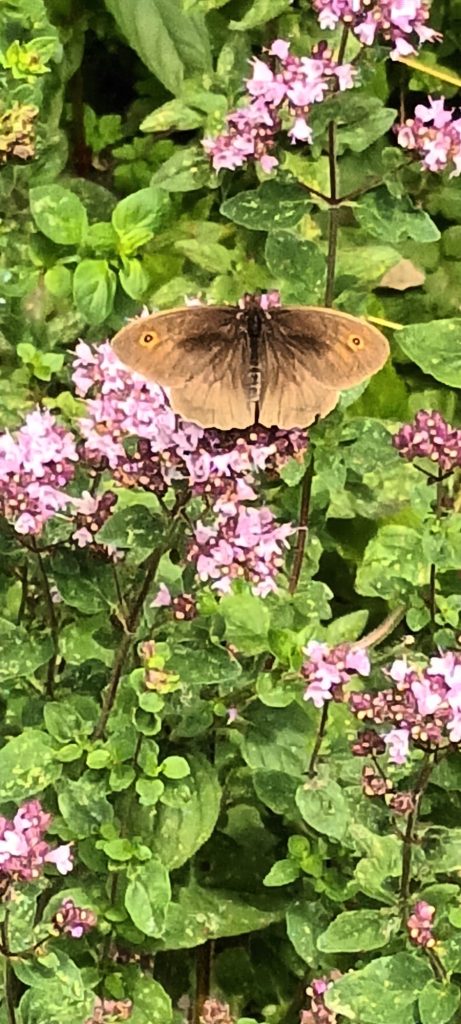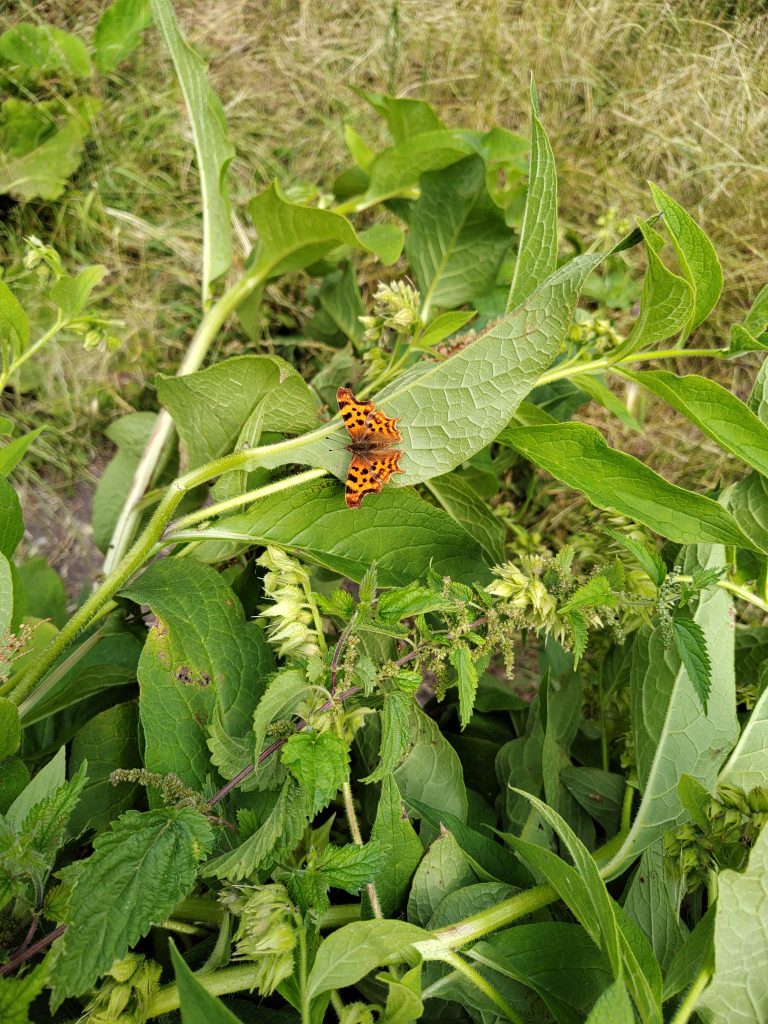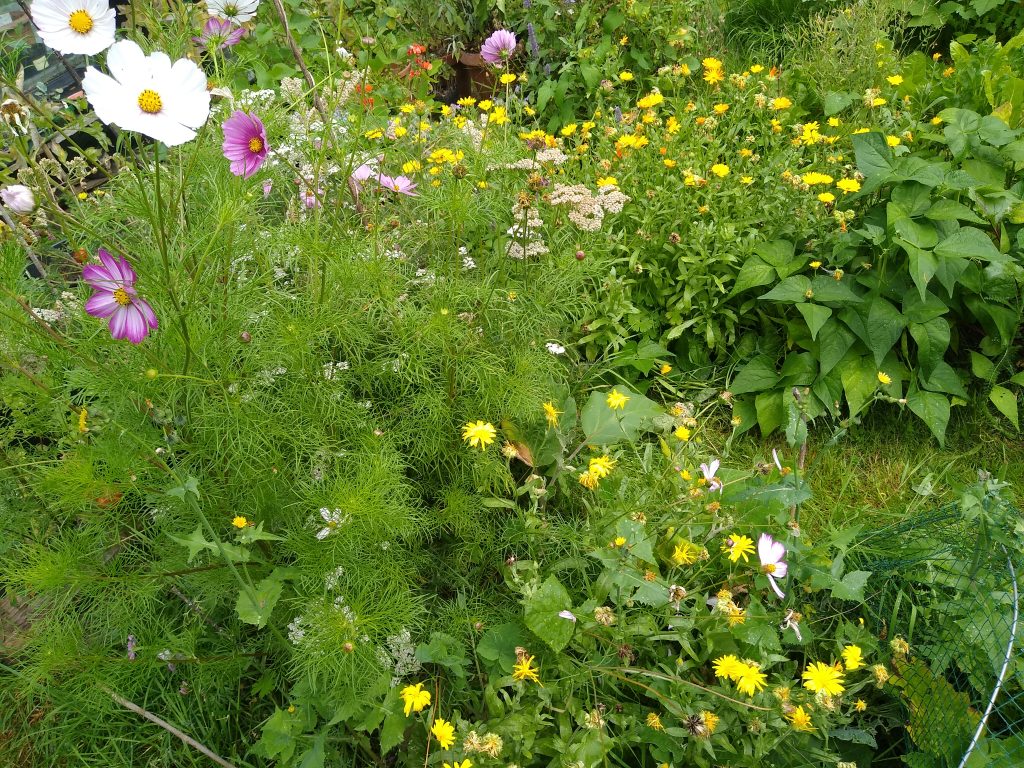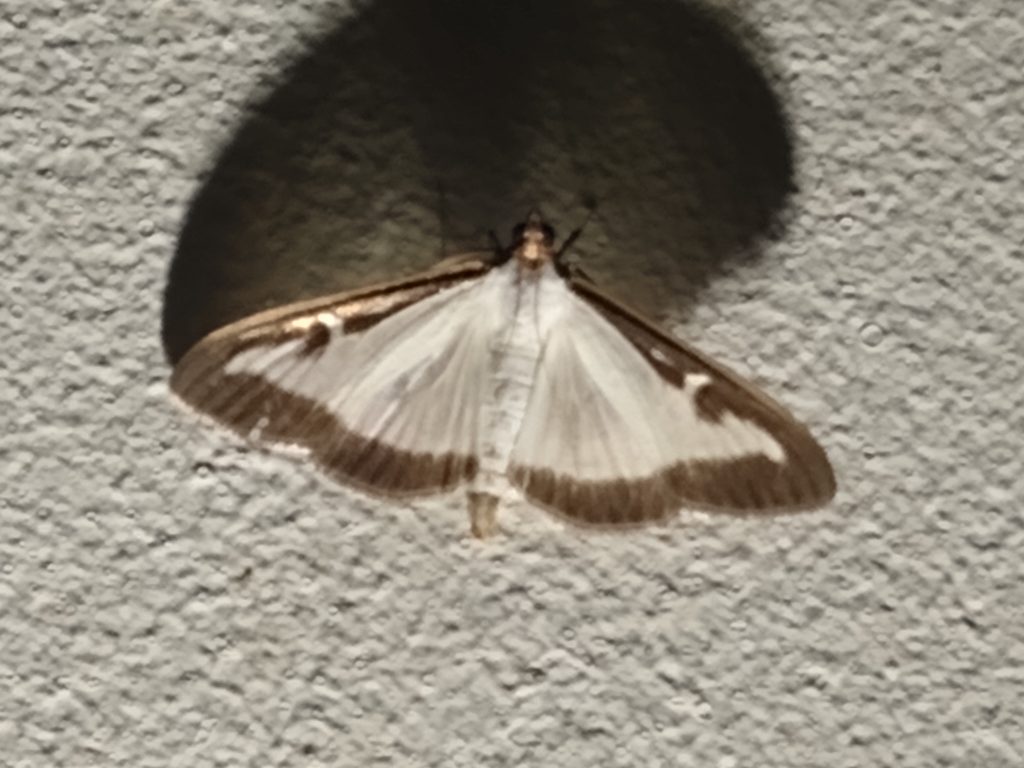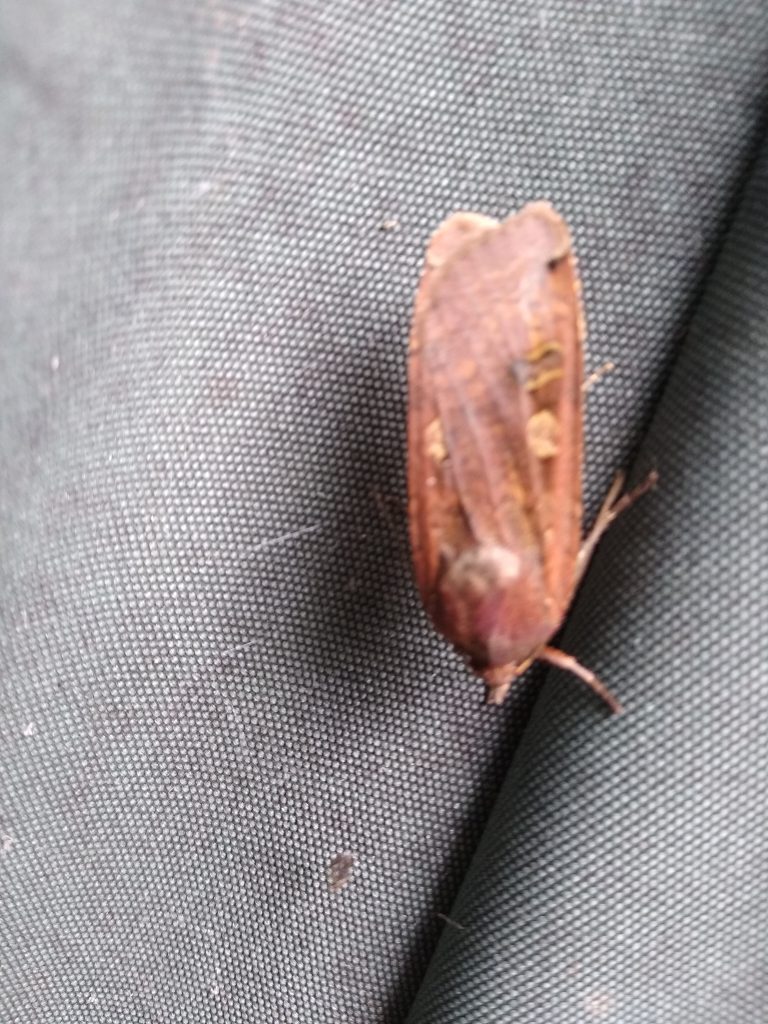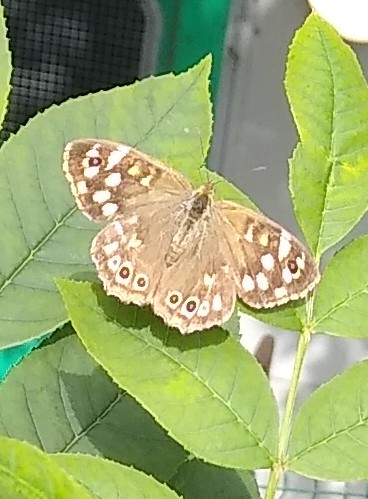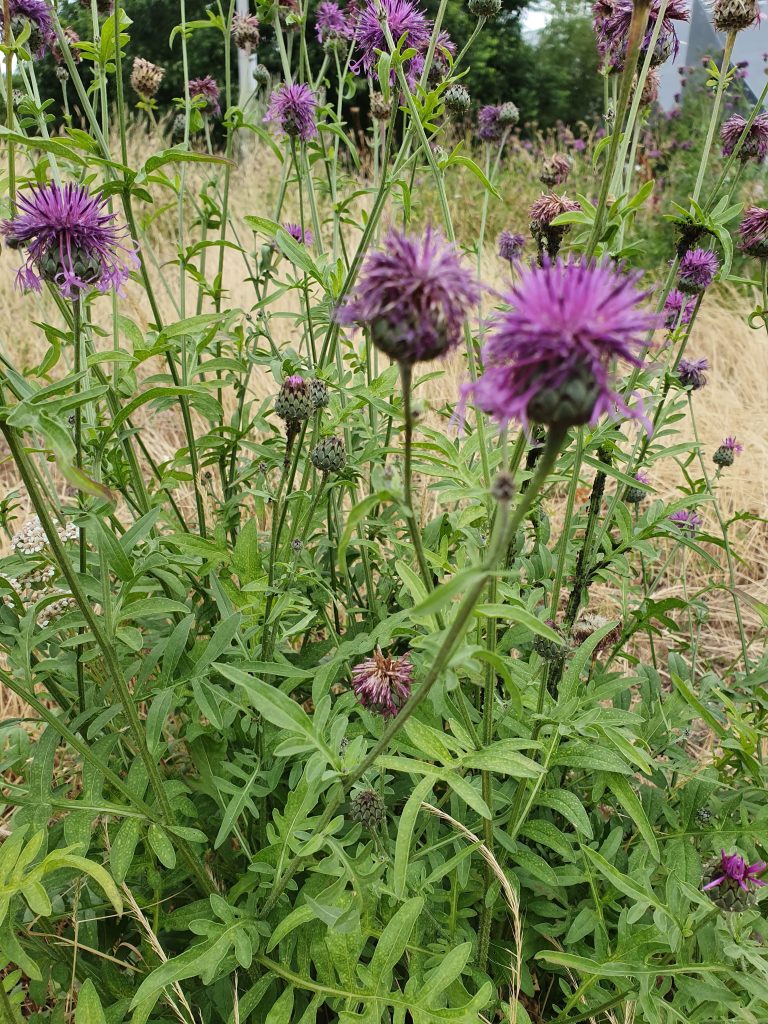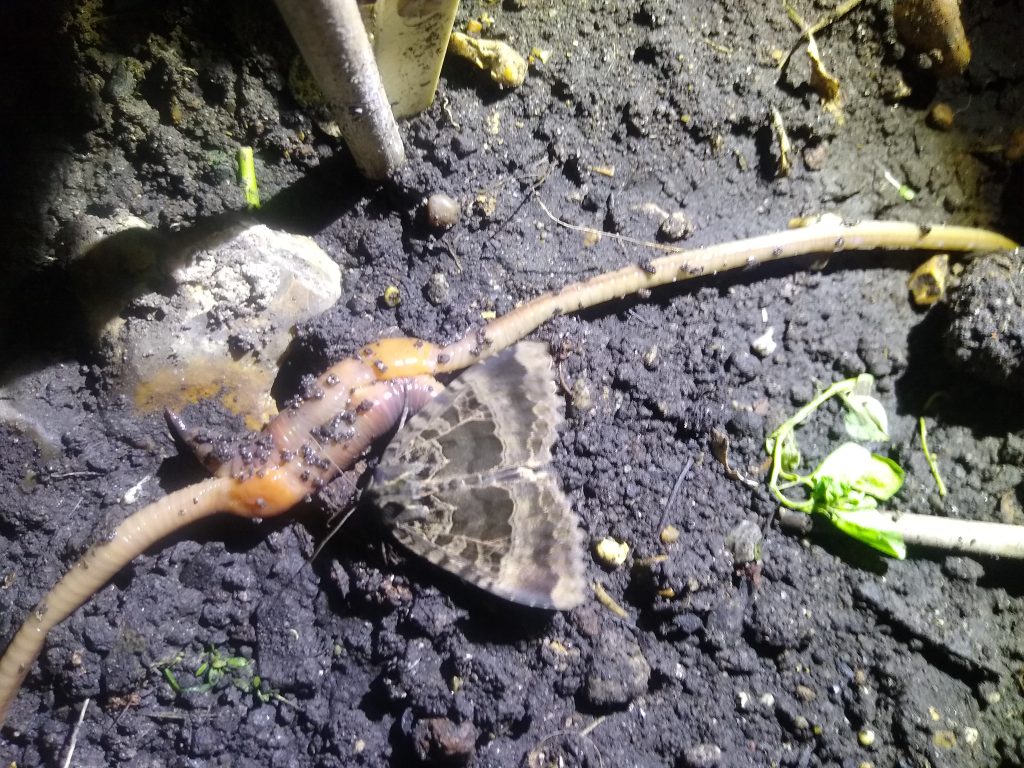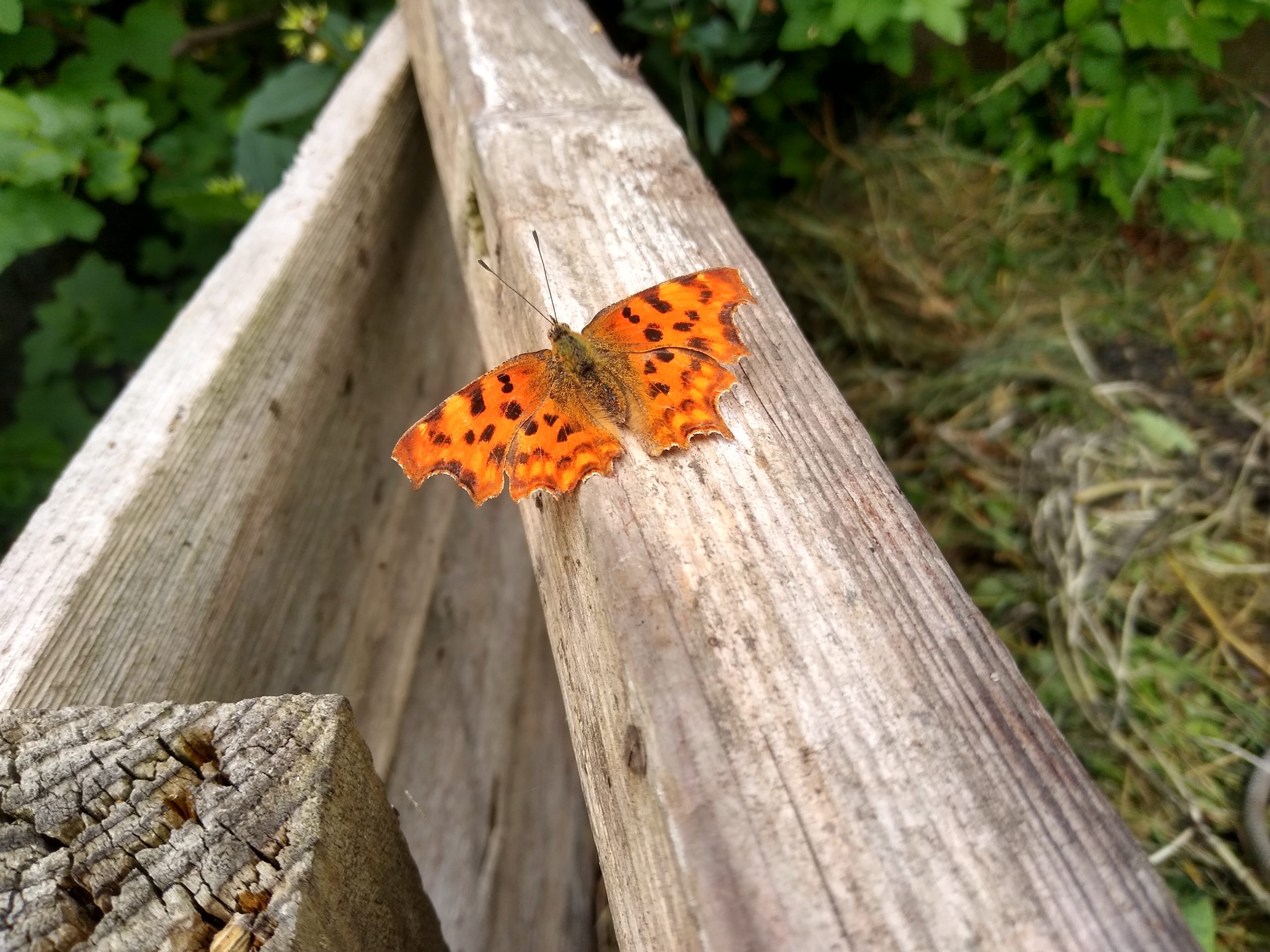Butterflies are a beautiful and important part of the UK’s wildlife.
They are highly sensitive indicators of the health of the environment and play crucial roles in the food chain as well as being pollinators of plants.
Areas rich in butterflies and moths are rich in other invertebrates. These collectively provide a wide range of environmental benefits, including pollination and natural pest control.
Moths and butterflies are an important element of the food chain and are prey for birds, bats and other insectivorous animals (for example, in Britain and Ireland, Blue Tits eat an estimated 50 billion moth caterpillars each year).
Butterflies and moths support a range of other predators and parasites, many of which are specific to individual species, or groups of species. They have been widely used by ecologists as model organisms to study the impact of habitat loss and fragmentation, and climate change.
The State of the UK’s Butterflies 2022 report found that 80% of butterfly species in the UK have decreased in either abundance, distribution, or both since 1976.
Working with our partners Butterfly Conservation, Robin Hood Garden has undertaken a program of planting species that support butterflies, providing Spring nectar and food for caterpillars.
